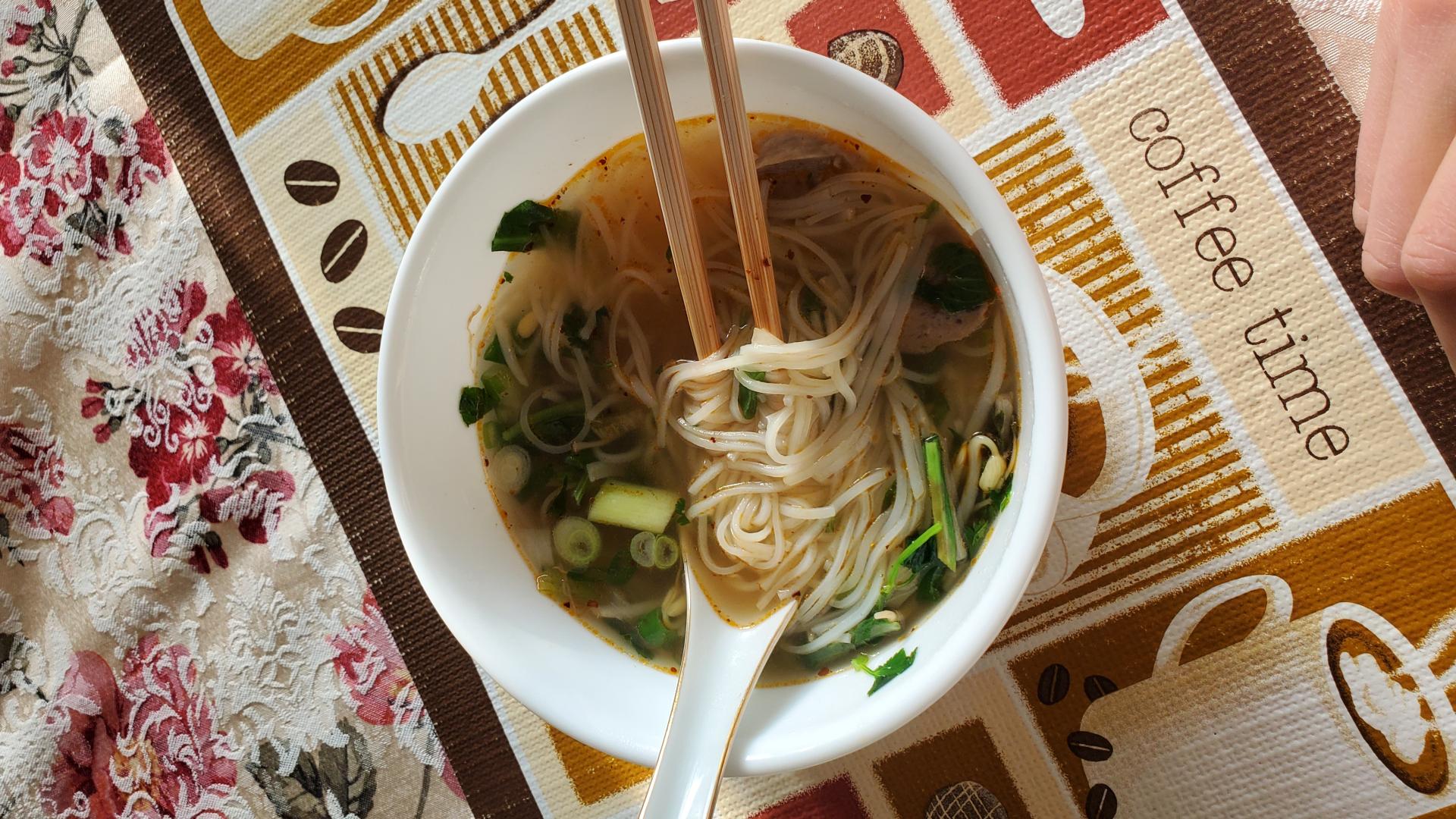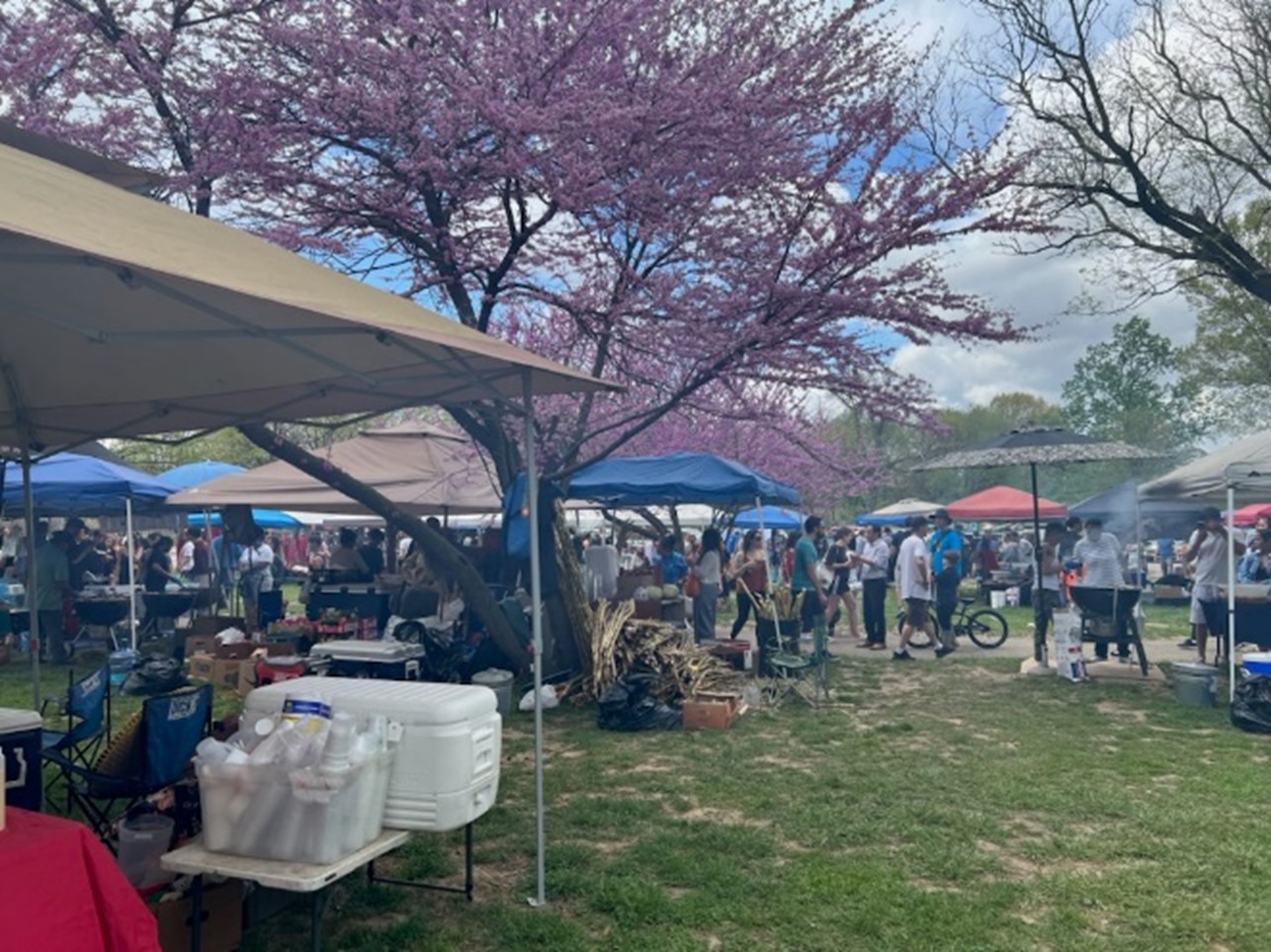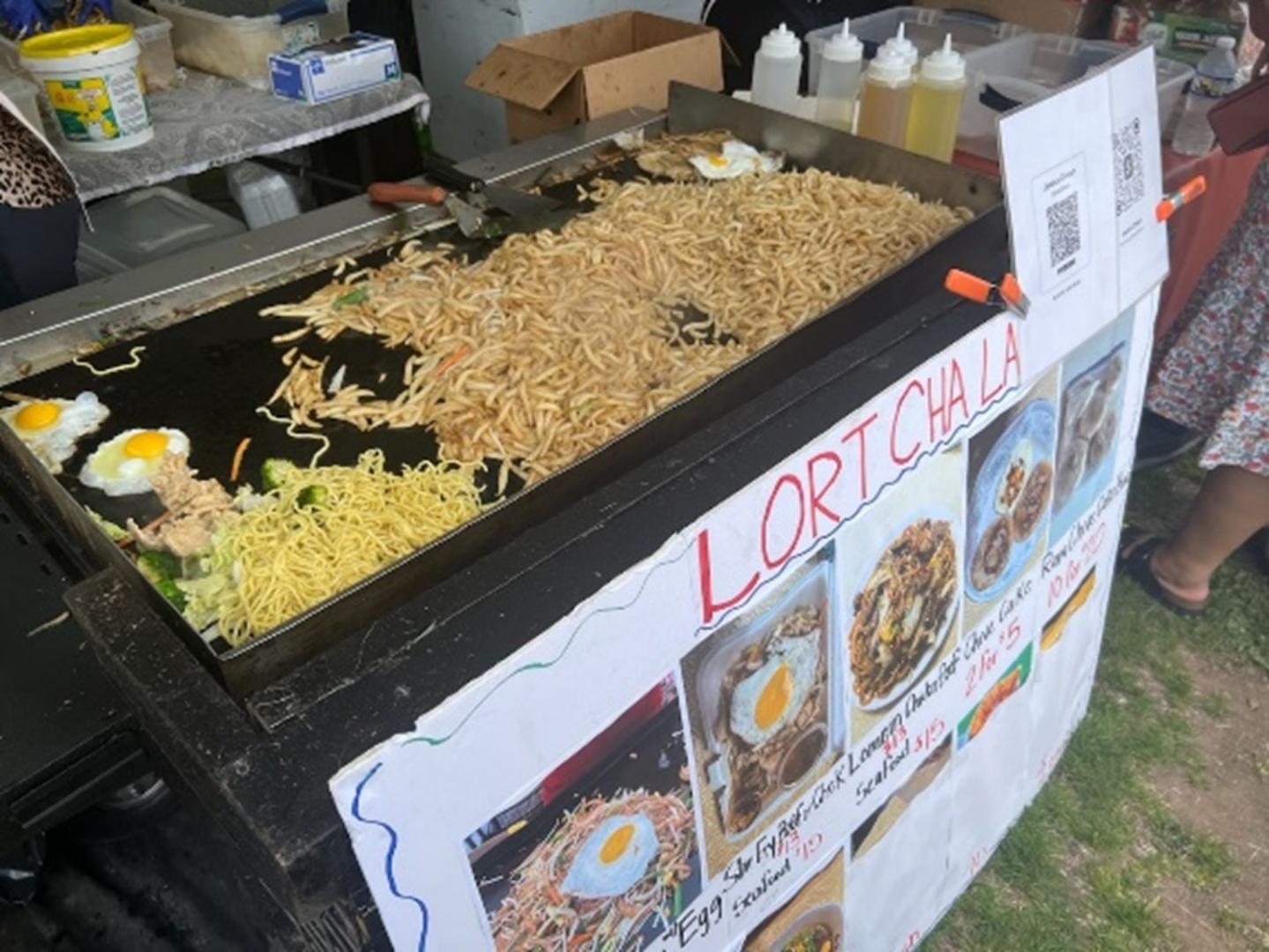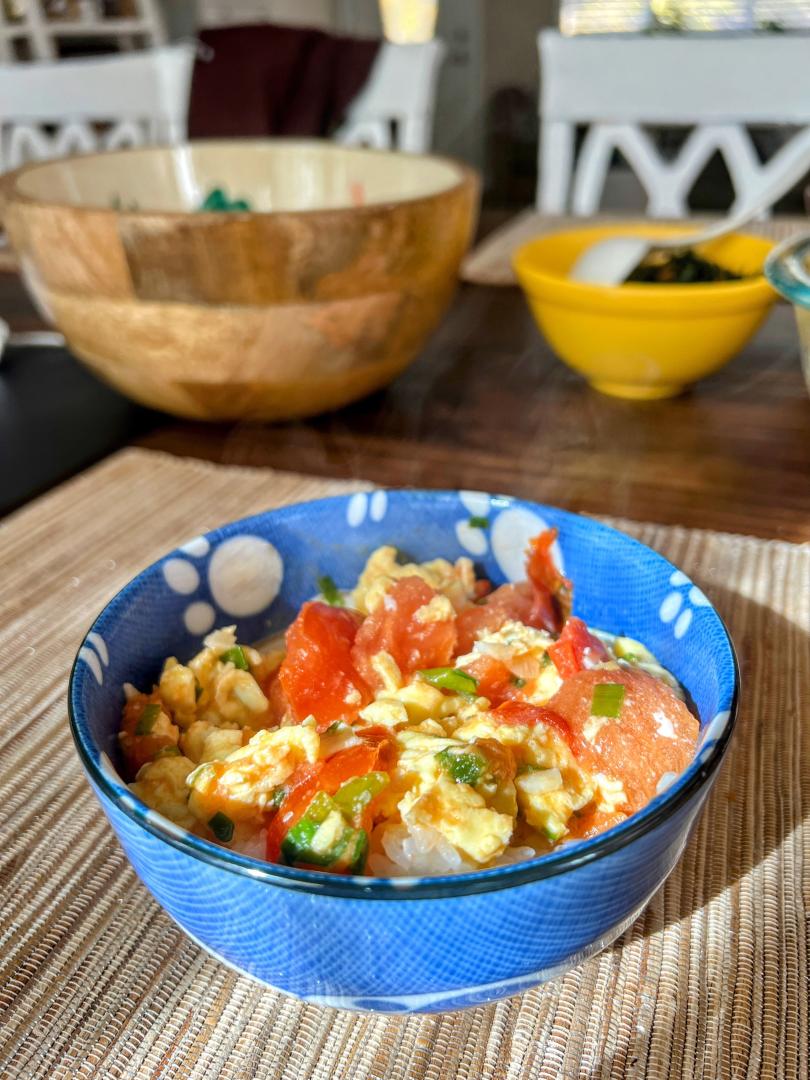This month, FEMA staff are celebrating Asian American, Native Hawaiian and Pacific Islander (AANHPI) Heritage Month by sharing some favorite recipes and go-to comfort foods.
From the Kitchen of Minh Phan, Region 8
FEMA Public Affairs Specialist Minh Phan shared “everything you didn’t know you wanted to know about Phở.”

How do you pronounce phở?
Pho (Phở). It’s the ubiquitous staple in most Vietnamese restaurants in Vietnam (Việt Nam) and the United States. With its rich broth, soft delicate noodles, aromatics and refreshing garnish, it’s no wonder pho has gained so much popularity in recent decades.
However, pho is one of the most mispronounced foods in the world. So, let’s get this out of the way first, shall we? How exactly do you pronounce this dish?
Many are tempted to pronounce it with a heavy “o” sound, like “foe.” However, the pronunciation is closer to “fuh”, with a light “u” sound as in the word “fun.” Now, say “fuh” but go up in your voice as if you’re asking a question. “fuh?”
The History of Phở
The origins of Vietnam’s national dish remain somewhat of a mystery, with most historians believing it was invented sometime between the late 19th Century and the early 20th Century. There are some who believe the idea for this noodle soup came from China, while others suggest that there’s a French influence. The BBC has a great article on the possible origins of pho.
Northern Hanoi Style vs. Southern Saigon Style
How many different bowls of pho have you had at different restaurants? Like any dish, it depends on who’s cooking in the kitchen. It may surprise you to know that there’s no one type of pho, even in Vietnam.
After French occupation of Vietnam ended in 1954, the country was split into two, and many northern Vietnamese moved to the South and brought their pho recipes with them. As they did, the recipes began to diverge from the original, changing based on local preferences and available ingredients. After the Vietnam War ended, many southern Vietnamese fled to other parts of the world, bringing their southern-style recipes with them.
Northern pho tends to feature larger and wider rice noodles than its southern counterpart. Additionally, the northern broth is clear and simpler vs. a slightly sweeter and complex concoction in the South. The differences continue with the type of meats often found in each version, the toppings, and the accompanying sauces.
What’s up with Pho restaurant names and all the numbers?
In most major cities, chances are you’ve probably come across a restaurant with “Pho” in its name followed by a number. Pho 95. Pho 79. Pho 888. While it may seem random, many times these numbers hold significant value to the restaurant’s owners. For some, the numbers reflect the year that the owners’ families immigrated to the United States from Vietnam. In Denver, the owner of Pho 79, the owners came to the U.S. in 1979. The same is said for the owners of Pho 95 and Pho 96. Pho 75 is a popular name as that’s the year the Vietnam War ended.
You can watch Minh’s first attempt at making phở on youtube.
From the Kitchen of Cynthia Rann
Program Analyst Cynthia Rann shared her recent visit to the Southeast Asian Market at FDR Park in Philadelphia.
Celebrating Cambodian New Year is full of joy, prayer and lots of food. This year, I traveled to Philadelphia, Pennsylvania and spent time with my family. We went to the Khmer Paleai Buddhist Monastery and the Southeast Asian Market at FDR Park. The aroma of traditional Southeast Asian foods, the sound of people speaking the Cambodian language and seeing people of all cultures sharing food was beautiful. Below are photos of the food we ate!

The Southeast Asian Market at FDR Park
At the Khmer Paleai Buddhist Monastery and The Southeast Asian Market at FDR Park, we had the Sugar Cane drinks. The crop is put into a press electric machine and produces the sweetest juice.
There were so many people barbequing with traditional seasonings and spices. We purchased different varieties of chicken and beef on a stick from vendors.
We also picked up Lort Cha La (Cambodian Stir-Fried Rice Pin Noodles), Chive Cake, Kanom Krok (Thai Coconut Pancakes) and Bonk Lahong (Cambodian Green Papaya Salad).

Vendors making Lort Cha La and Kanom Krok
From the Kitchen of Gloria Huang

Ever since I was little, my parents would make tomato egg stir-fry, a Chinese staple dish, for me to eat. It’s become my favorite comfort food and the easiest thing I can whip together when I am at a loss for what to cook! While this recipe is extremely straightforward to make, families may make it slightly differently- for example, some may add a little bit of ketchup to enhance the sauce while others prefer without.
Ingredients
4-5 tomatoes on the vine
4-5 eggs
2 stalks green onion/scallions, chopped fine with white sections separated from green
2 garlic cloves, minced
Steamed rice to serve with the stir-fry
Directions
Chop up the tomatoes into big chunks, roughly an inch wide. Set aside.
Crack the eggs into a bowl and whisk thoroughly.
Add cooking oil to a wok or frying pan and heat for about a minute, then add the eggs. Lightly scramble and take off the heat while it still not completely cooked through, and set aside.
Add more cooking oil to the empty pan, and this time add minced garlic and white parts of the green onion. Stir fry briefly until you can start smelling the fragrance, but before the garlic browns. Add in the tomato chunks and stir well.
Add salt to taste. While I just use salt, some people like to also add a spoonful of ketchup a little bit of sugar. Keep stir frying everything until the tomatoes become soft.
Put the scrambled eggs back in, breaking up especially large egg pieces and stirring gently to incorporate everything. Stir fry for just 30 seconds more to let everything incorporate, and then turn the heat off and top with the chopped green onion.
Serve over fluffy rice and enjoy!

